There is such emphasis on play-based learning. But how does a parent facilitate play-based learning at home?
Play-based learning or learning through play is a seeming buzz-concept.
It is referenced in on Pinterest, in news articles, educational resources, and online talks. While it is universally agreed upon, it’s fair to wonder why play-based learning is so great.
Over and over again, research shows that children’s brains are developed through play. Specifically, their language, thinking and problem-solving skills are more advanced as a result of playing.
[P]lay-based learning leads to greater social, emotional, and academic success… In fact, play is considered to be so essential to healthy development that the United Nations has recognized it as a specific right for all children. – Council of Ministers of Education CanadaPlay is an important vehicle for developing self-regulation as well as promoting language, cognition, and social competence… [Play] gives [children] opportunities to explore the world, interact with others, express and control emotions, develop their symbolic and problem-solving abilities, and practice emerging skills. Research shows the links between play and foundational capacities such as memory, self-regulation, oral language abilities, social skills, and success in school. – The National Association for Education of Young Children (USA)
While it is undeniable that play is crucial to a child’s learning, the question remains: how does a parent facilitate play-based learning at home?
Do you just leave them to play or should you add to their play? Simply put, yes and yes.
The best way for a child to get the most out of learning through play is to be left to play at his or her own rate based on his or her interests. That said, there is so much we can do as parents to facilitate play-based learning at home. Here are some tips that come recommended by a school principal of over 35 years.
10 Ways To Facilitate Play-Based Learning At Home
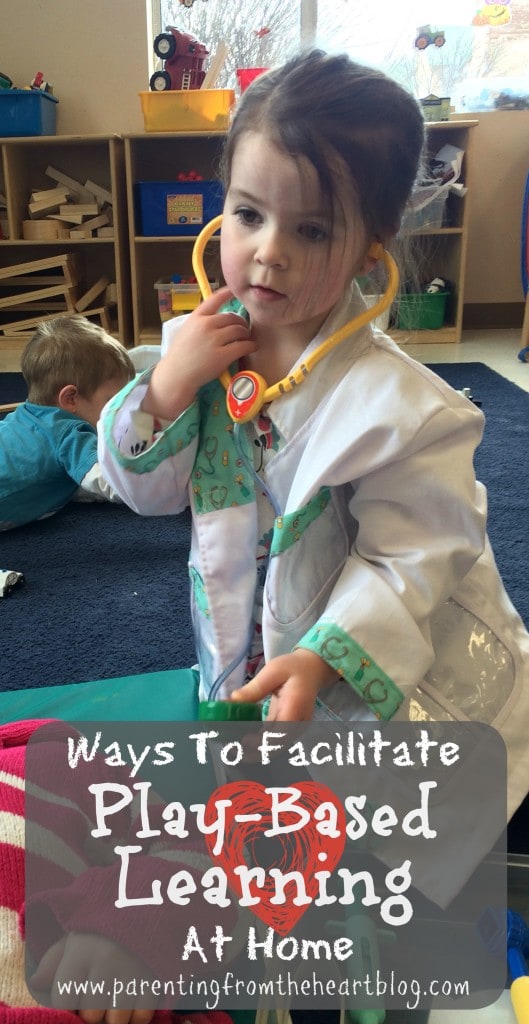
1. Turn off the TV, tablet, and background noise of electronics.
While technology can be a wonderful compliment to education, screen time should not be integral to a child’s learning. Even though the content may seem educational, there is a tremendous amount of evidence that using screen time as a substitute for reading or interacting with your child can be detrimental. (See one resource on this here)
2. Allow for large chunks of free play each day.
You may have noticed in after a particularly busy day, you need to put your feet up and your child takes to playing. In letting them play by themselves, kids learn to self-regulate and are free to explore.
3. Play should be child-directed. And give your child ample opportunity to play alone.
It can be tempting to control or coordinate play. However, child-directed play increases self-regulation and allows for more exploration and causal understanding.
4. When engaging in their play, follow their lead.
Get down to their level. Play alongside them. The purpose of Child-Direct Play (CDP) is “[t]o enhance the child’s sense of appropriate control, self-regulation, and self-confidence; to provide an opportunity for the child’s access to focused, uninterrupted adult attention and close contact, without having to rely on negative or provocative behaviors to do so; and, to improve the level of understanding between the parent and child and the child’s sense of confidence and security in that relationship.” – Dr. McCurry Ph. D. (See more from this resource here).
5. Imitate, elaborate and ask questions based on what your child is doing.
Try just add a little more vocabulary or description to your child’s play. Be observant for their interests and add to their repertoire by adding something new to chosen favourites.
6. Introduce materials, such as paint or play dough, that allow for their manipulation.
Different textures and colours add interest and peak curiosity
7. Incorporate common household items to add a new dimension to their play.
Tongs to pick up small items, oven mitts can be a makeshift puppet, a colander with pipe cleaners or dry pasta can act as wonderful sources of entertainment!
8. A great way to facilitate play-based learning at home is to get outside.
Outdoor play is also excellent for children as they learn cause and effect, appreciation of nature and benefit from fresh air. They also develop coordination and it is fun!
9. Give your child opportunities to play with other children.
Through these opportunities, they learn to cooperate, negotiate, develop greater empathy, problem-solve and be kind.
10. Don’t be afraid to think outside the box.
Rain puddles, collecting natural items in nature a typical walk to the park more exciting and can lead to more fun once home!
photo credit: deposit photos







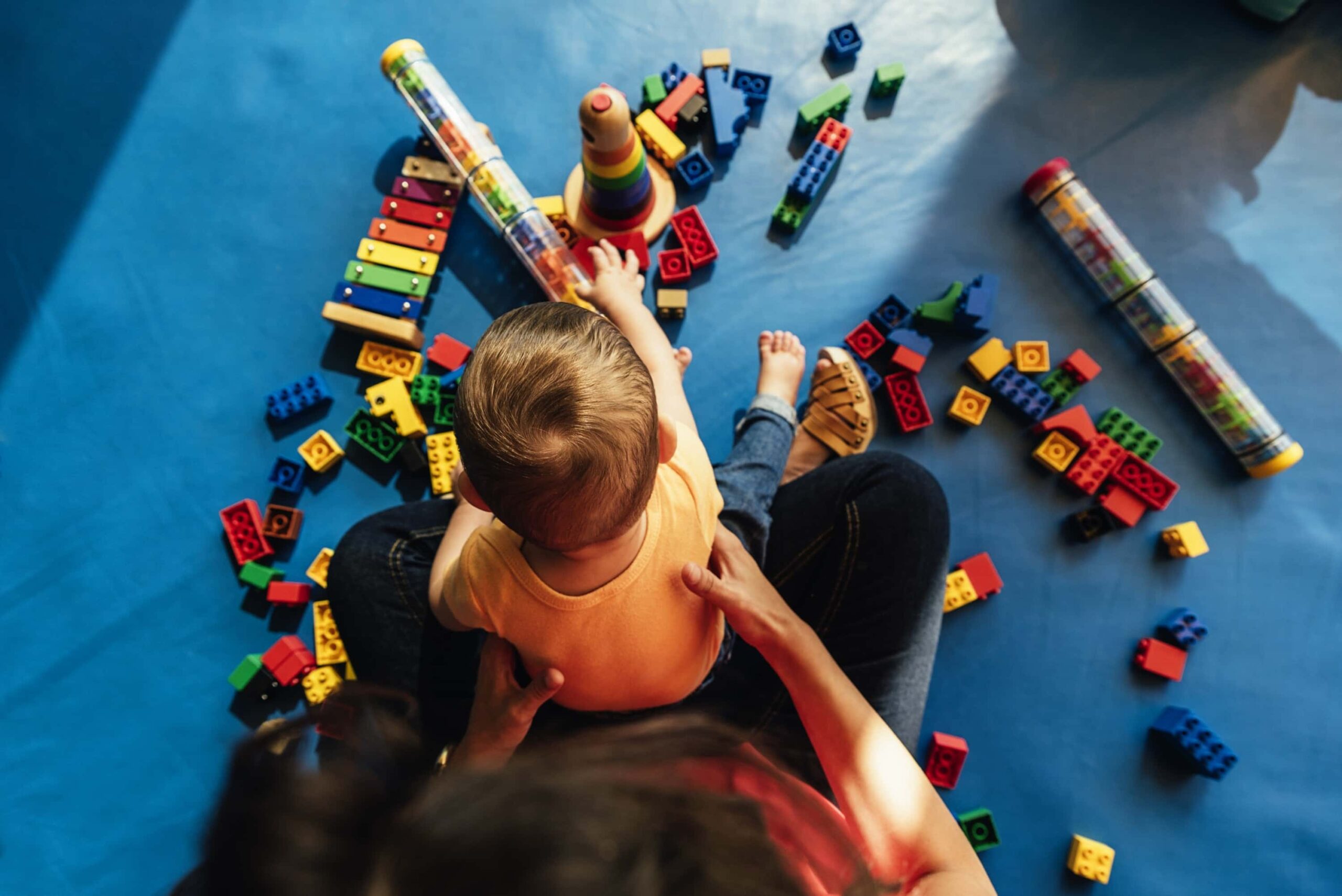
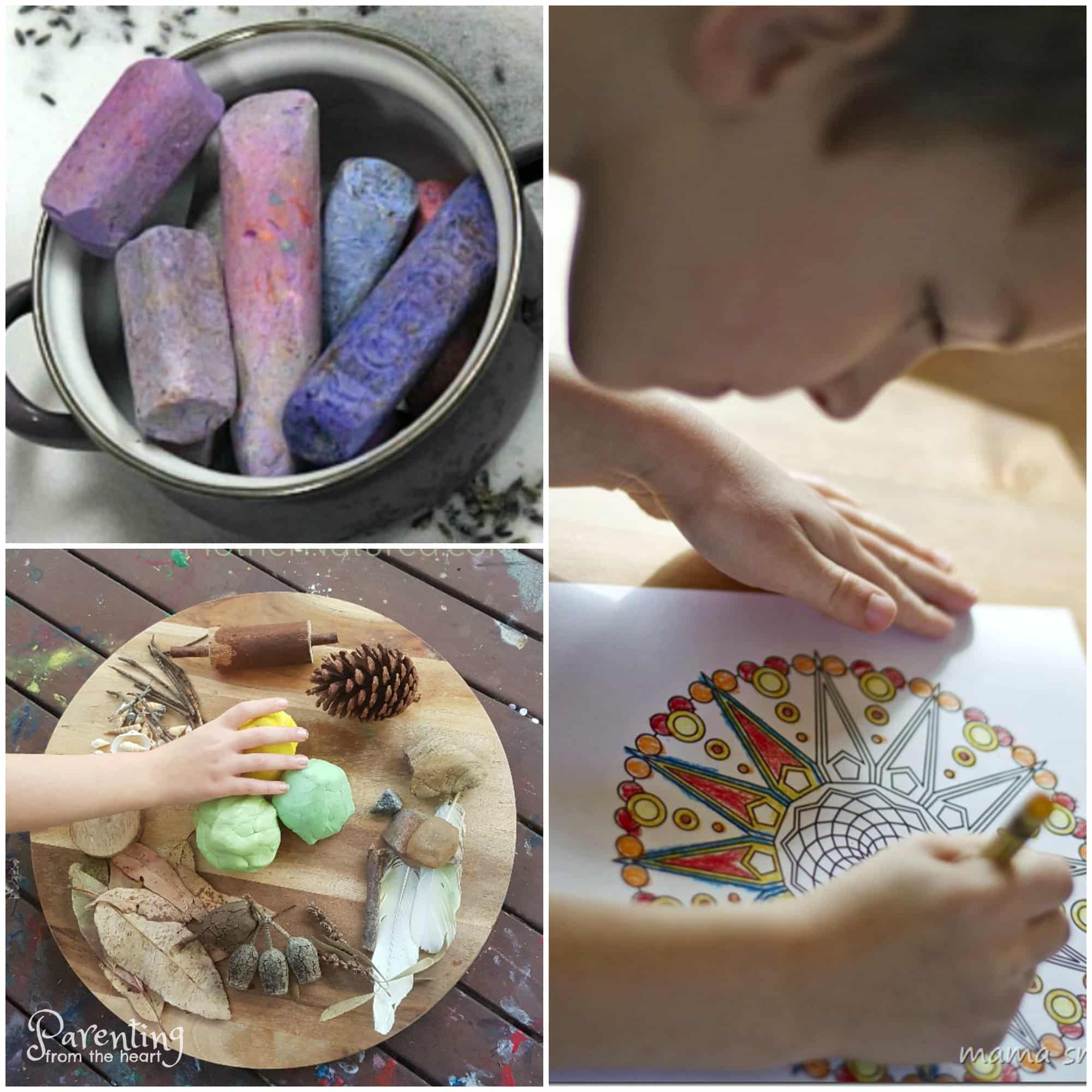
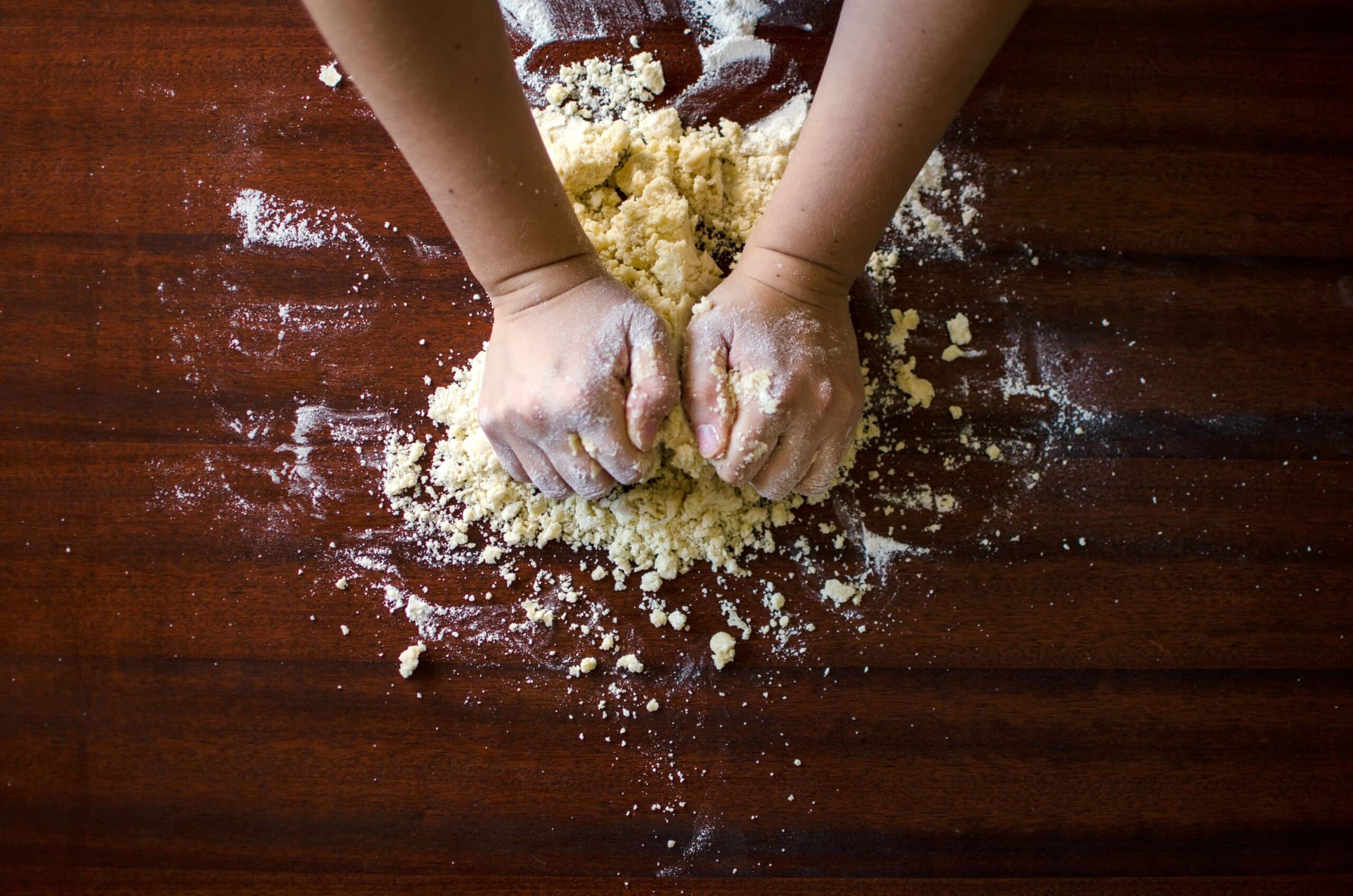
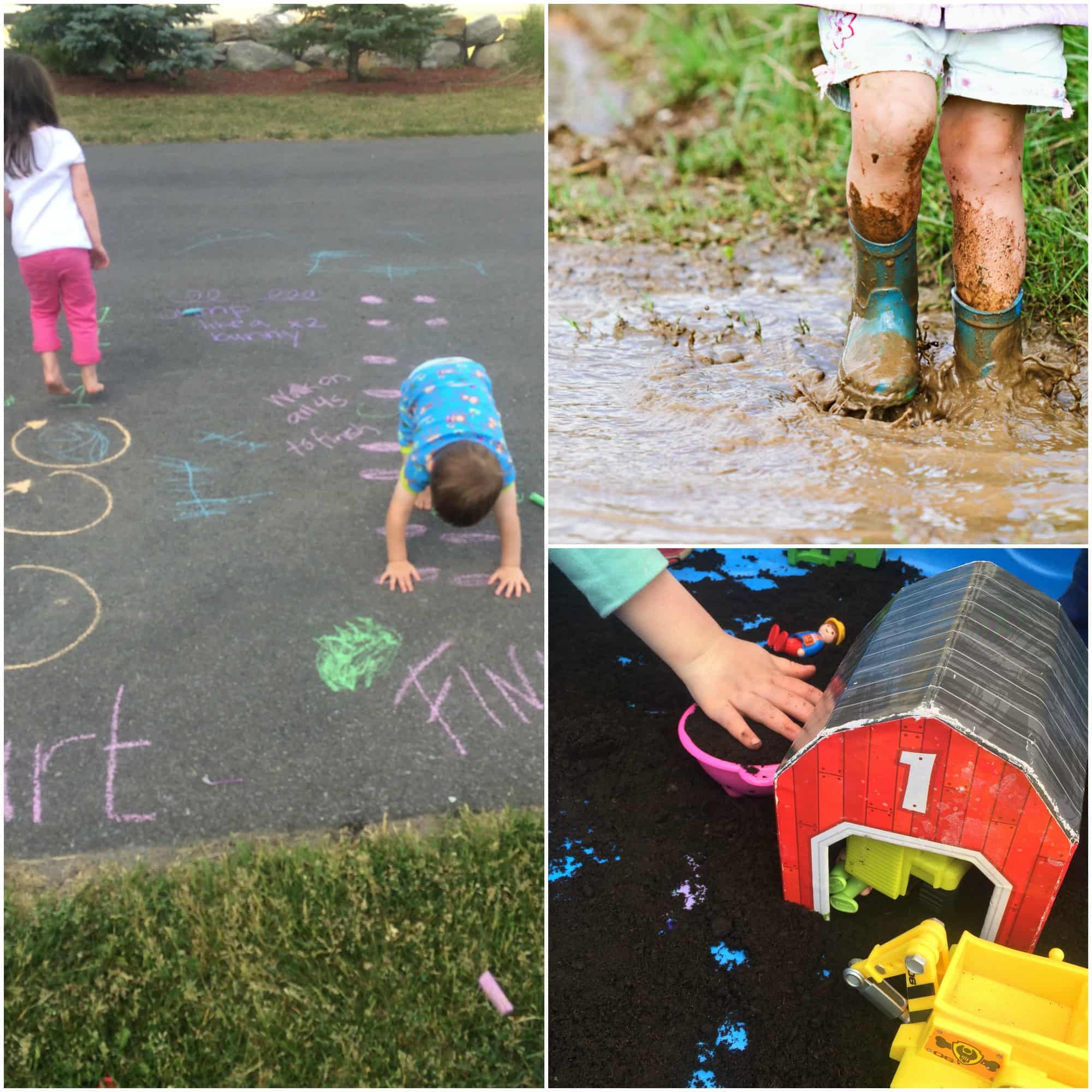
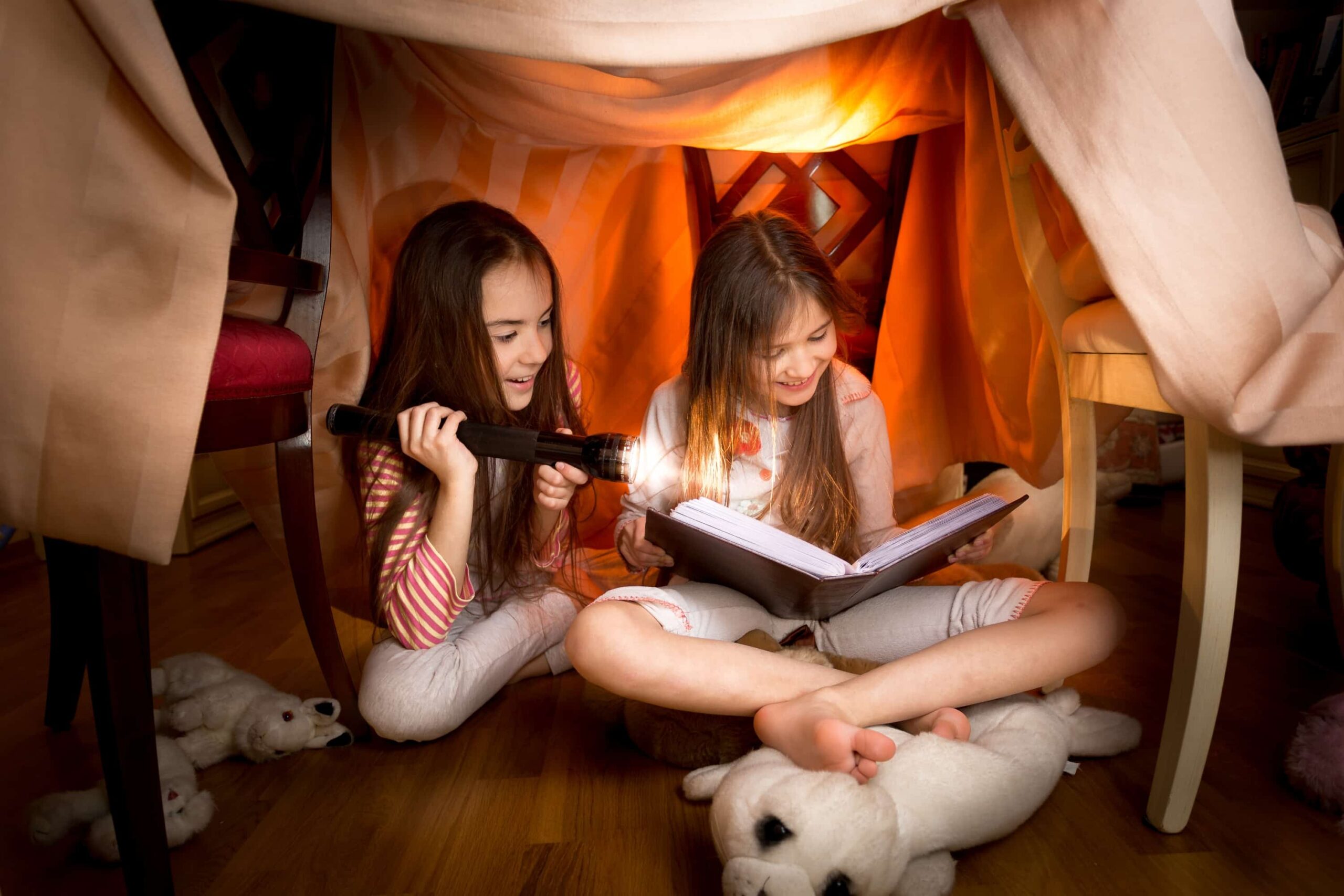
I have been trying to be more creative in this. My 2 year old was driving me nuts and throwing fits constantly. Once we got more organized with play time and specific imaginative/creative activities, he has had so many less melt downs. It’s great. It takes some extra patience and planning, but in the end it’s so worth it!
I couldn’t agree more. It does take extra planning and it’s hard when you’re in the mommy trenches to always be on top of it. But, when you do set it all up, the payoff is huge!
I absolutely love these tips. I actually feel like I do a lot of this already, and for most things, I follow my daughters lead on things. And of course, we ALWAYS get outside haha!
Such great tips! My daughter loves to play, and I like to make sure she has ample time to play at home. I’ll admit, it’s hard for me to get fully engaged with it, but it’s so entertaining (and cute!) to watch. I find I’m most engaged when we’re doing an activity together, though I need to do a better job sometimes of following her lead and not trying to control things (especially when I’m trying to prevent a mess). We just started her in a coop last fall, so I like that she has lots of opportunities to play with her peers as well.
I’m with you! I’m best at crafting and ALWAYS have to remind myself not to control
Awesome post!! I love watching my kids play and I tend to be a bit better than my husband when it comes to letting them get messy with paints and bubbles since I think it is important! ha!
Haha. It’s the same in our household. If it were up to my hubby, my kids wouldn’t have markers until age 5! ?
Great post! This honestly makes me feel so much better. My two year old is really independent and he often likes to play by himself. Sometimes I feel bad like I should be playing with him more or doing more craft stuff with him, but I know playing by yourself and using your imagination are super important!
Couldn’t agree more. I wondered with my first born if I wasn’t engaging her enough. But she plays beautifully. That is, when she isn’t fighting off her brother 😛
Great tips, Alana. “Play is the work of the child.” –Maria Montessori. Learning and play, so importantly, go hand in hand.
My daughter is the most Borning to play with!!!! I’m all doll obsessed and Disney is the best thing ever… She’s all into
Puzzles and learning things… Not imagination type play. Hubby does a way better job at playing with her than I do. Maybe one day she will want to play house or princess’s with me lol…
I am all about free time and letting kids explore the world around them! Although, tv time is great when I need some sanity back…thanks for this!!
I love free play! We have lots of costumes, different building materials, puzzles, play doh, and craft supplies. Somedays it is overwhelming ’cause they want to do it all, but we’re learning together how to control the chaos, I mean learning. 😉
Sometimes we get stuck on certain topics but then we like to explore everything out and make sure we have learned as much as we can about it. I learn as much as the boys!
Great post and love all 10 tips! It’s so important to let them take the lead and remember to allow play to be child-directed 🙂
You have wonderful suggestions. My favorite is #10. I like going off road. 🙂
I love all these suggestions! There are a few I need to work at more.
My son is almost three and I’ve been looking for new ways to help him learn. I really like how you mentioned the bit about turning off the electronics as I do think that takes away from the learning. I’ll try to do that with my sone and see how he reacts to it.